14 Abandoned Villages You Can Actually Stay in Overnight
In a world buzzing with notifications, deadlines, and the endless glow of screens, the idea of stepping away—really away—has never felt more appealing. Now imagine this: pitching a tent beside a crumbling stone church, the ruins of a forgotten village silhouetted against the dusk, with nothing around you but the sound of wind through the trees and the slow emergence of stars overhead. It’s not just a getaway; it’s a time portal. This guide isn’t about polished resorts or curated glamping—it’s about 14 truly abandoned places, villages long left behind by civilization, where nature has taken over and the night sky still reigns supreme. These places, scattered across the globe, offer a rare combination of solitude, history, and the kind of cosmic show you can’t get anywhere near city lights. Whether you're an intrepid backpacker or a weekend adventurer looking to unplug, these hauntingly beautiful ghost towns double as celestial observatories—and unforgettable campsites.
1. Kayaköy, Turkey
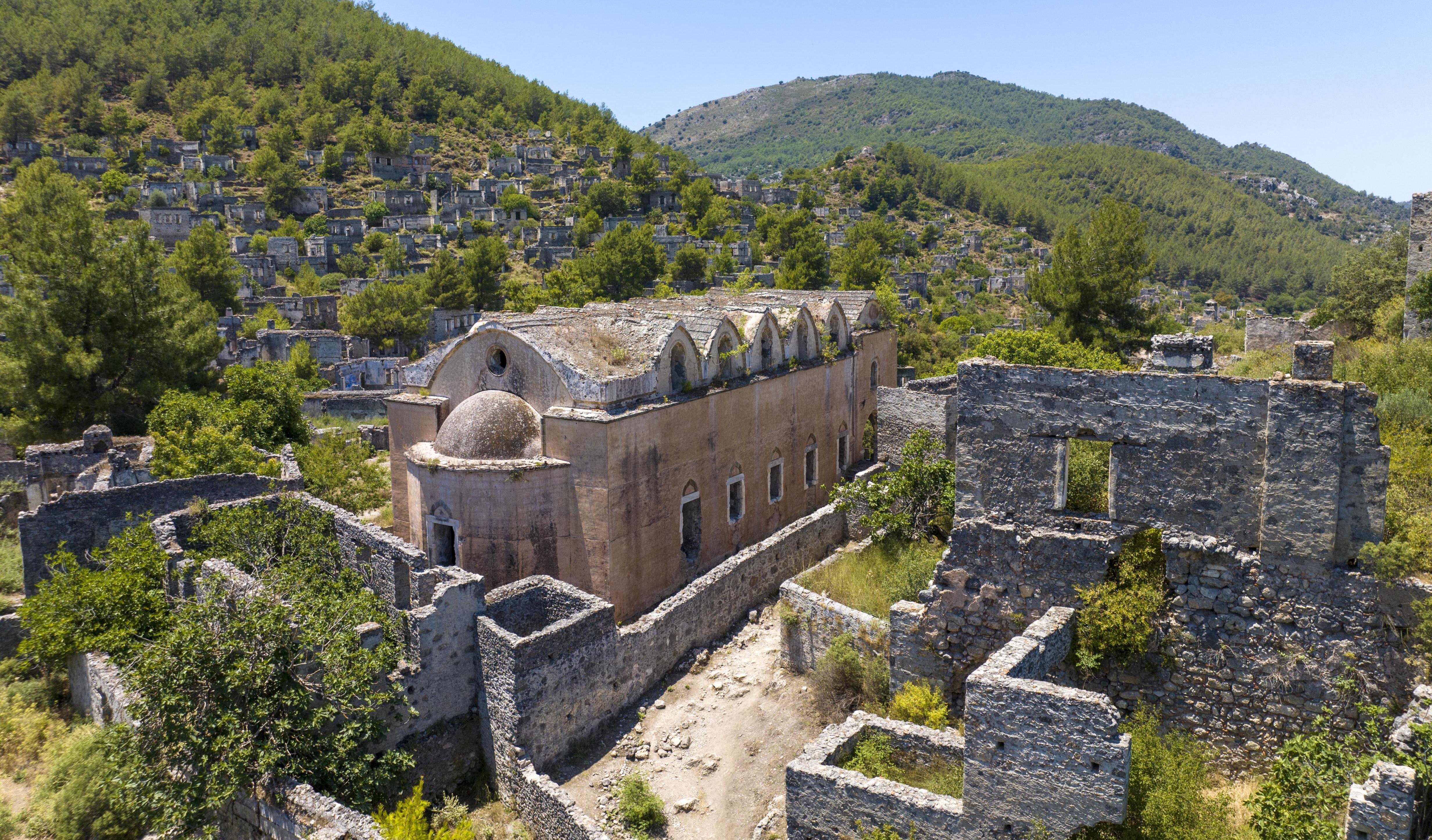
Tucked into the pine-covered hills above Turkey’s southwestern coast, Kayaköy feels like it was forgotten on purpose. This once-thriving Greek village was abandoned in the 1920s after a population exchange between Greece and Turkey, leaving behind a ghost town of stone houses, narrow lanes, and empty chapels perched on the slopes. Today, nature is reclaiming the village—ivy creeps up walls, wildflowers bloom between cracks, and goats roam freely among the ruins. While you can’t pitch a tent inside the actual village (it’s protected as a historical site), there are several scenic spots just outside the perimeter where camping is permitted. These locations still offer stunning views of Kayaköy’s eerie silhouette—and a sky so clear you can practically touch the stars. Helpful Tip: Base yourself at one of the nearby eco-camps or bring your own gear and hike in from Fethiye. The Lycian Way passes close by, making this a perfect detour for long-distance trekkers craving solitude and starlight.
2. Craco, Italy
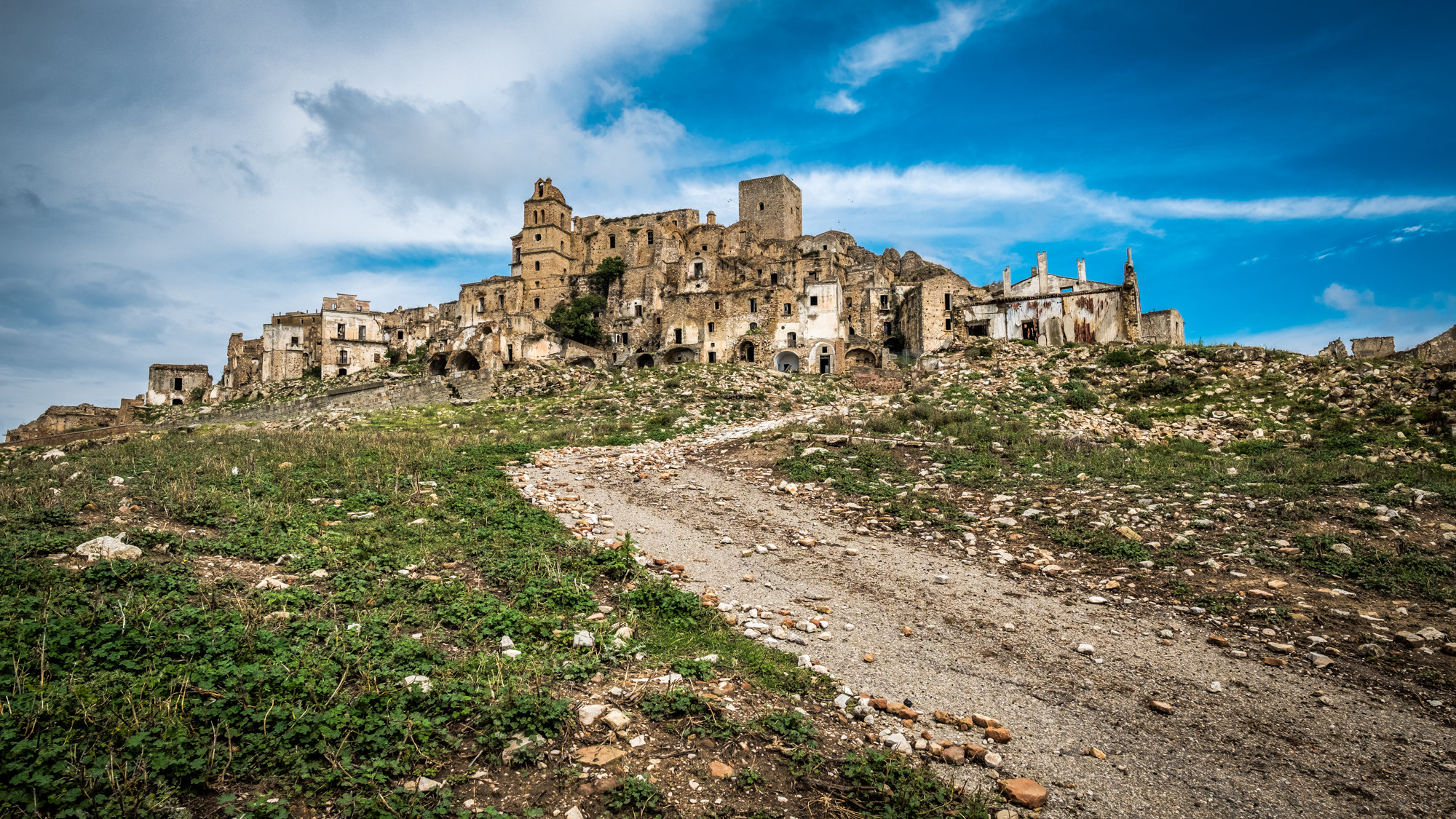
Craco is what you imagine when you hear the words “Italian ghost town”—a jaw-dropping medieval village clinging to a cliff, with towers and stone homes that seem to defy gravity. Abandoned due to landslides and seismic instability, Craco has stood empty since the 1960s. What remains is haunting: skeletal buildings baked by the sun, a church bell tower frozen in time, and a landscape that looks like it belongs in a post-apocalyptic film—because it has been. (Craco’s dramatic appearance has made it a favorite filming location for movies like The Passion of the Christ.) While the town itself is fenced off for safety reasons, there are designated observation areas and trails surrounding it where wild camping is permitted. The elevated location and lack of light pollution create the perfect stage for nighttime stargazing—expect sweeping views of the Milky Way and a near-total absence of artificial light. Helpful Tip: Visit in late spring or early fall for mild weather and fewer tourists. Bring extra water and gear suited to rocky terrain—the approach can be steep, but the views are worth every step.
3. Ani, Turkey
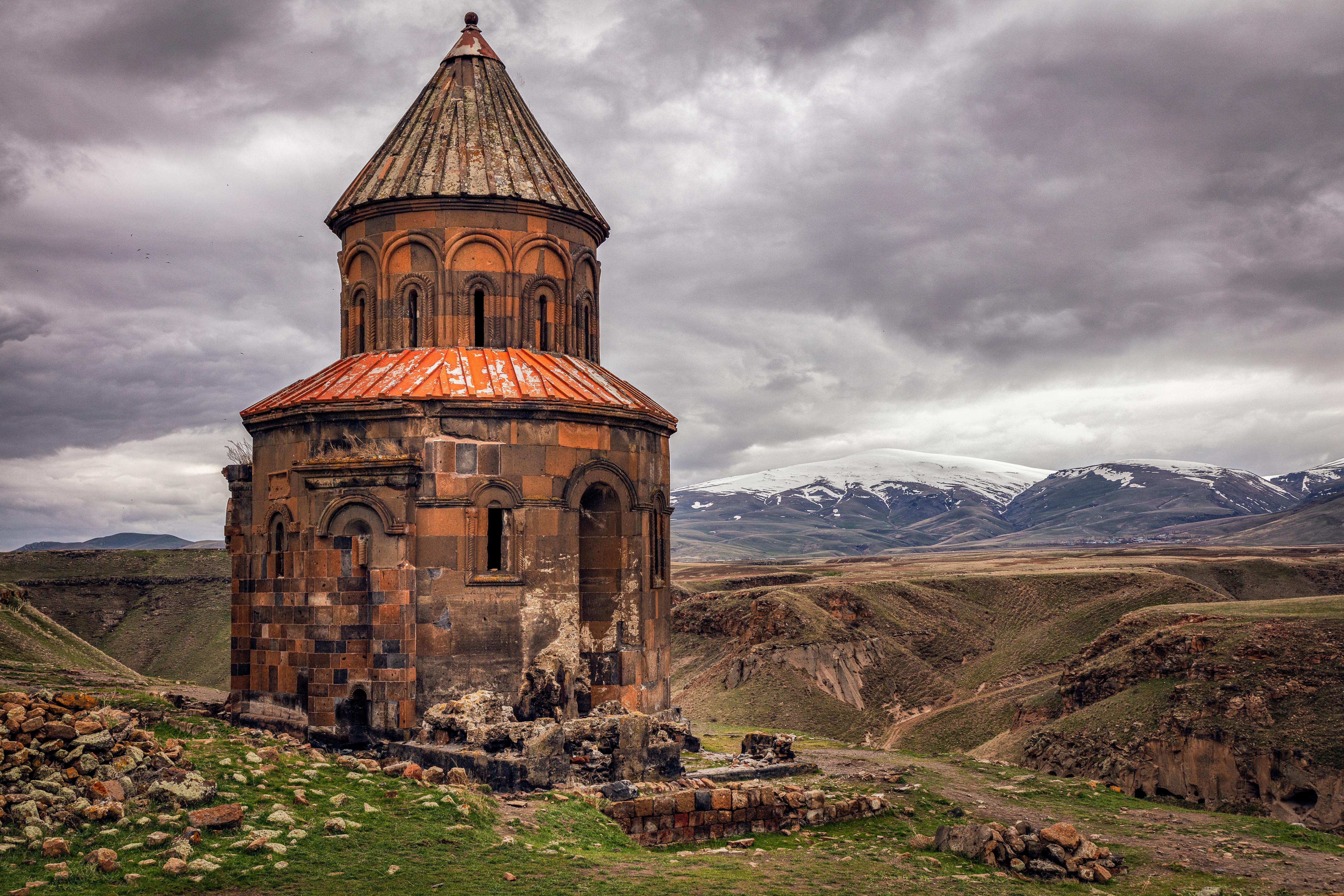
Once a thriving Silk Road city of 100,000 people, Ani is now a windswept ruin on Turkey’s eastern border—a sprawling archaeological site overlooking a deep gorge. Its stone cathedrals, crumbling monasteries, and ornate gates are all that remain of a medieval empire that vanished long ago. Walk its overgrown paths and you’ll pass through layers of forgotten civilizations. Camping is allowed in the valleys surrounding Ani, especially near the Akhurian River. Here, the sky opens up like a dome, completely free from light pollution, and the isolation is complete—just you, the breeze, the call of distant birds, and a sky bursting with constellations. Helpful Tip: The closest town is Kars, about 45 minutes away. Stock up there before heading out. Be aware this region can get cold at night even in summer, so bring warm layers and prepare for gusty winds.
4. Kolmanskop, Namibia
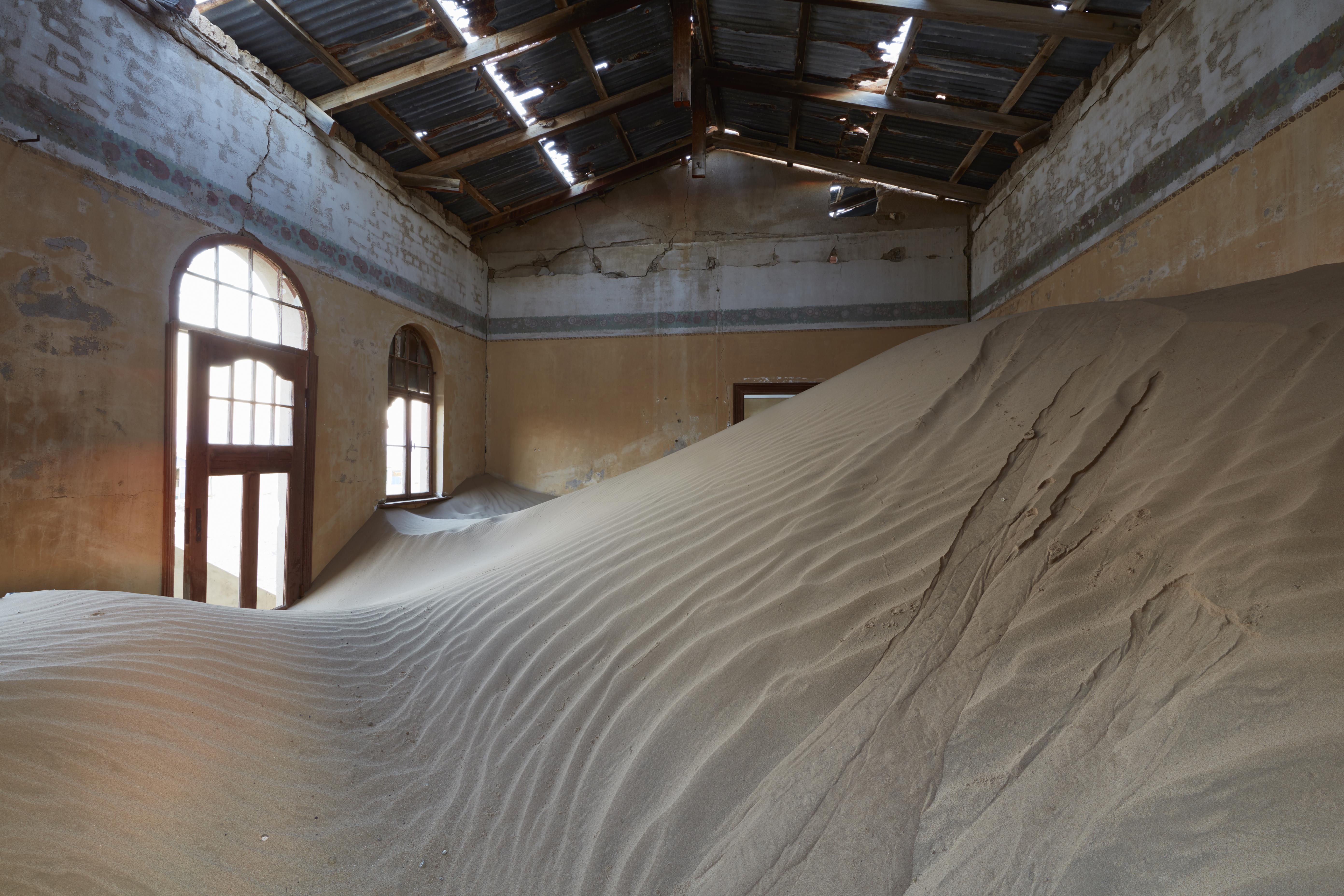
If you’ve ever seen photographs of ghostly houses filled with waist-deep sand, you've seen Kolmanskop. Once a booming diamond mining town, it was abandoned in the 1950s and gradually swallowed by the Namib Desert. Today, it’s a surreal sight—bathtubs buried in dunes, wallpaper peeling under desert sun, and windows framing nothing but sand and sky. While you can’t sleep in the buildings themselves (they’re part of a protected site), camping is available at nearby desert lodges and rustic sites just beyond the boundaries. These areas offer unparalleled access to one of the darkest skies on Earth—perfect for night photography, meteor showers, and simply watching the stars rotate above the dunes. Helpful Tip: Arrive before sunset to explore the ghost town in golden light, then head to your campsite nearby. A guided tour in the morning is well worth it—but for the full effect, stay long enough to experience both dawn and dus
5. Bodie, California, USA
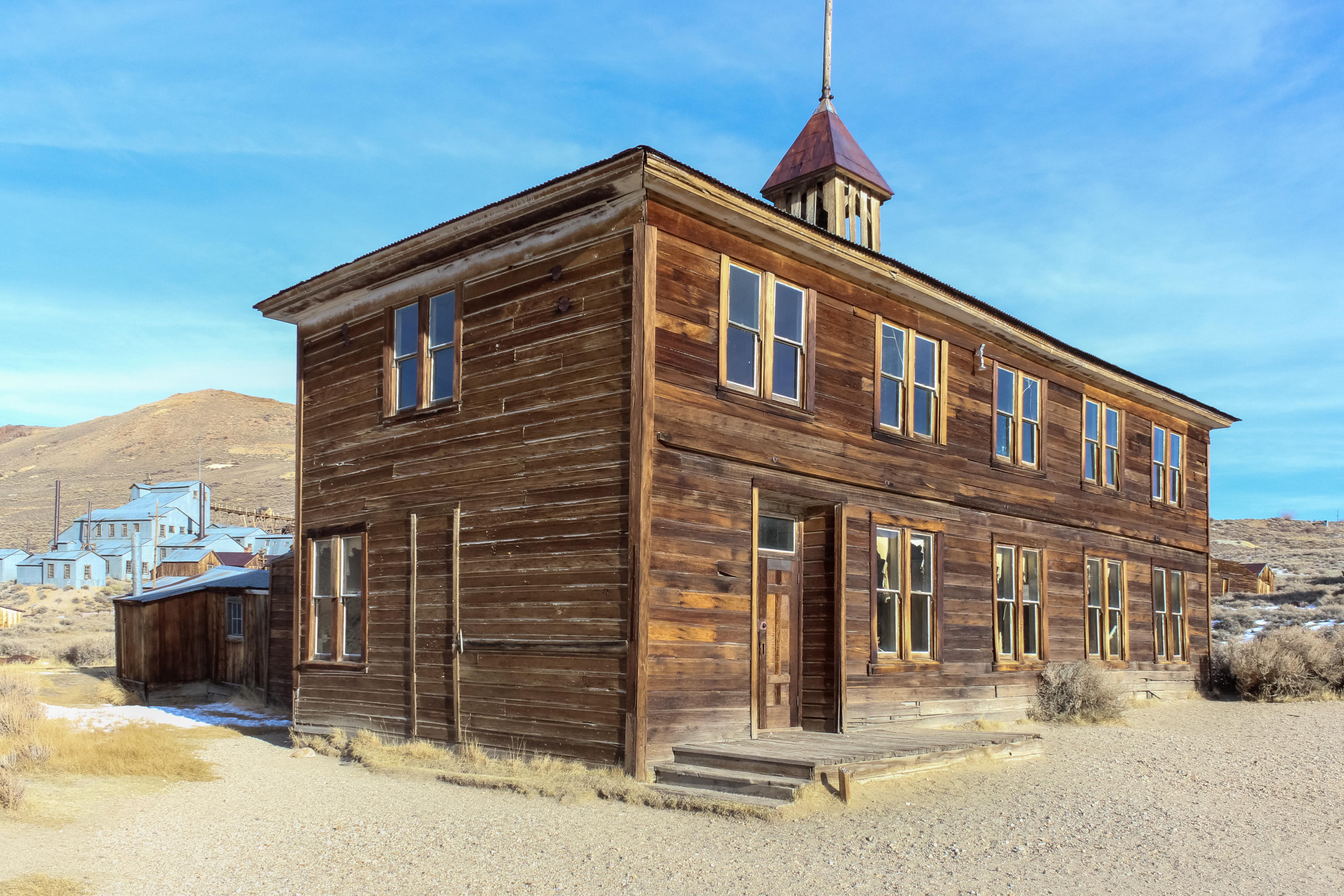
Deep in the Sierra Nevada mountains lies Bodie, one of the most iconic ghost towns in the American West. This once-bustling Gold Rush settlement boomed in the 1870s but was left to decay by the early 20th century. Today, more than 100 wooden structures remain, preserved in “arrested decay” within Bodie State Historic Park. While you can’t camp inside the town itself, several campgrounds lie within a short drive—close enough to explore the ghost town by day and sleep under pitch-black skies by night. At over 8,000 feet in elevation, the air is thin, dry, and crystal clear, offering some of the best stargazing conditions in California. Helpful Tip: Mono Lake, just 30 minutes away, offers excellent camping and bizarre salt formations for daytime adventures. Be prepared for cold nights year-round, and bring a telescope if you’ve got one—this is dark-sky country at its finest.
6. Belchite, Spain
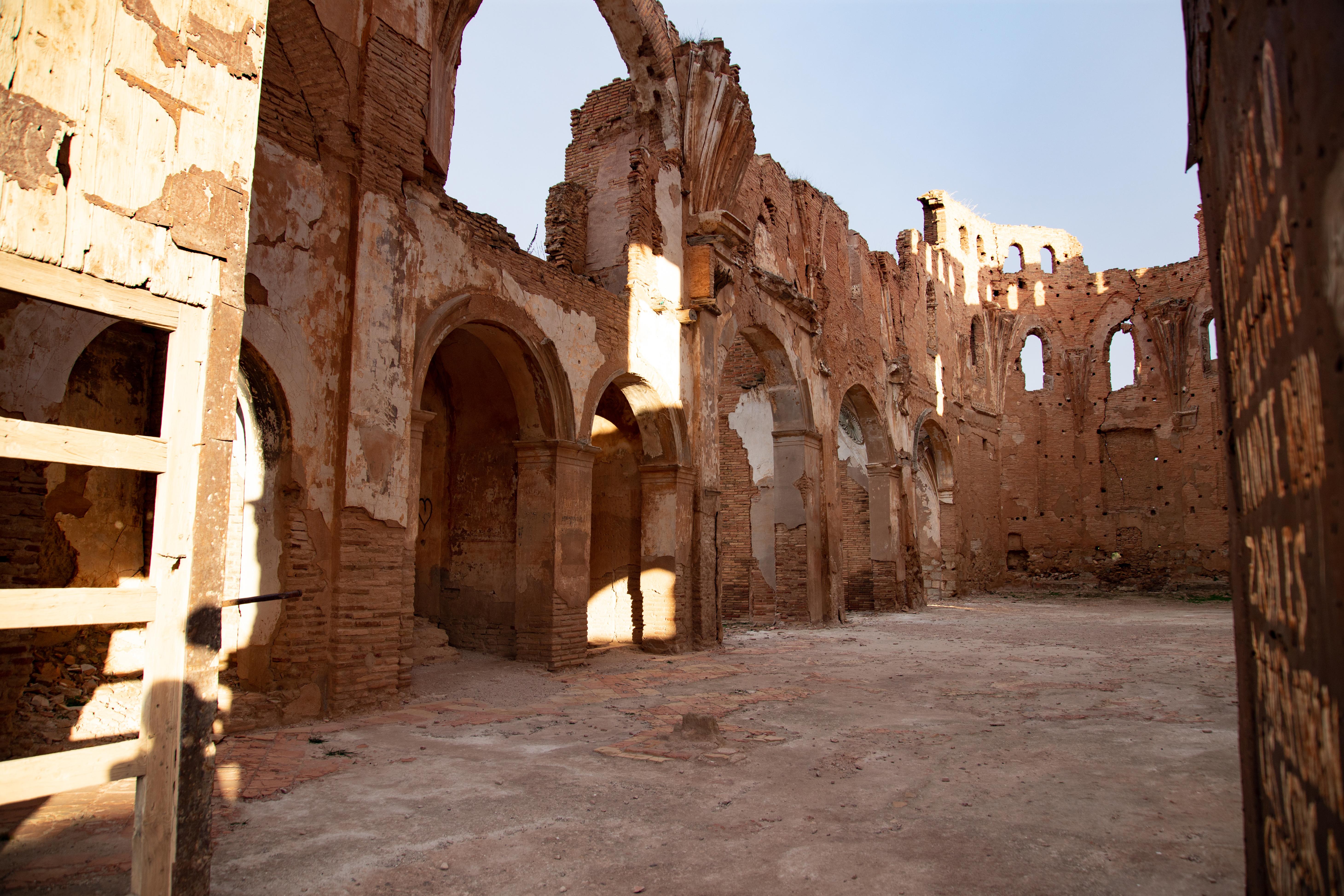
If ruins could talk, Belchite would whisper of war. Destroyed during a brutal battle in the Spanish Civil War, the town was never rebuilt—its bombed-out churches and bullet-pocked walls were left standing as a monument. Walking through it feels like time stopped in 1937. Although overnight stays in the ruins are not permitted, Spain’s relaxed wild camping rules allow you to set up just outside the site. The surrounding countryside is open, flat, and far from urban centers—ideal for laying back and counting shooting stars above the silhouettes of shattered spires. Helpful Tip: The best time to visit is early spring or fall when temperatures are mild. If you're into ghost stories, night tours are occasionally available. Pair your visit with a starlit camp just outside for a truly otherworldly night.
7. Pentedattilo, Italy
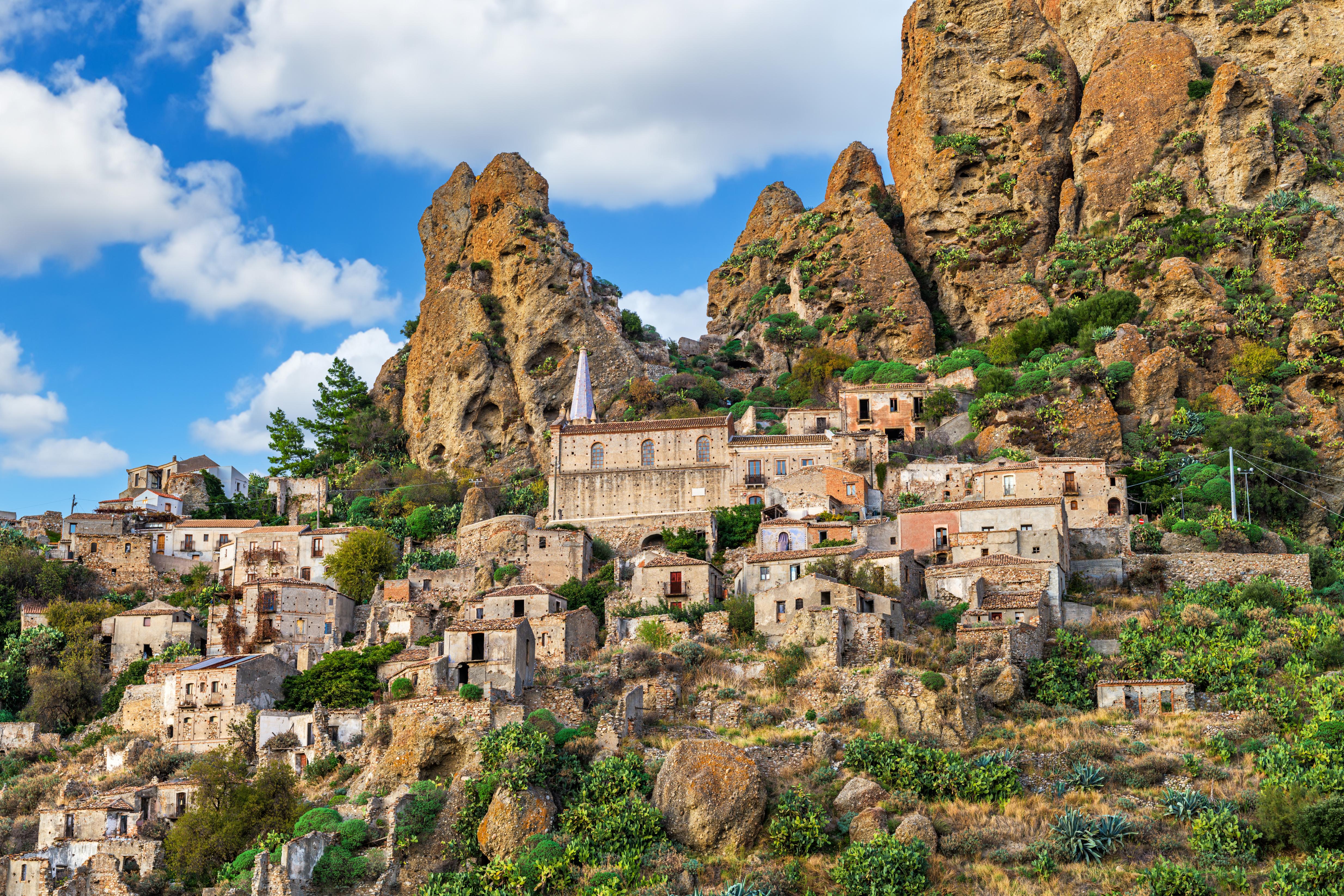
Perched on a rocky outcrop shaped like a giant hand, Pentedattilo is one of Italy’s most visually striking ghost towns. Abandoned after an earthquake in the late 1700s, this clifftop village now seems to hang between earth and sky. A few buildings have been restored for artists and festivals, but much of it remains silent and eerie. Camping nearby—especially in the Aspromonte National Park—is a dreamy experience. You’ll be treated to panoramic views of the Ionian Sea, cool mountain breezes, and skies so clear you can trace entire constellations with the naked eye. The surreal backdrop of the village itself only adds to the sense that you’re camping in a dreamscape. Helpful Tip: Access is easiest via Reggio Calabria, but the final approach is winding and remote. Plan ahead with water, food, and supplies. If you're up for it, a moonlit hike around the cliffs offers unforgettable nighttime views.
8. Al Jazirah Al Hamra, UAE
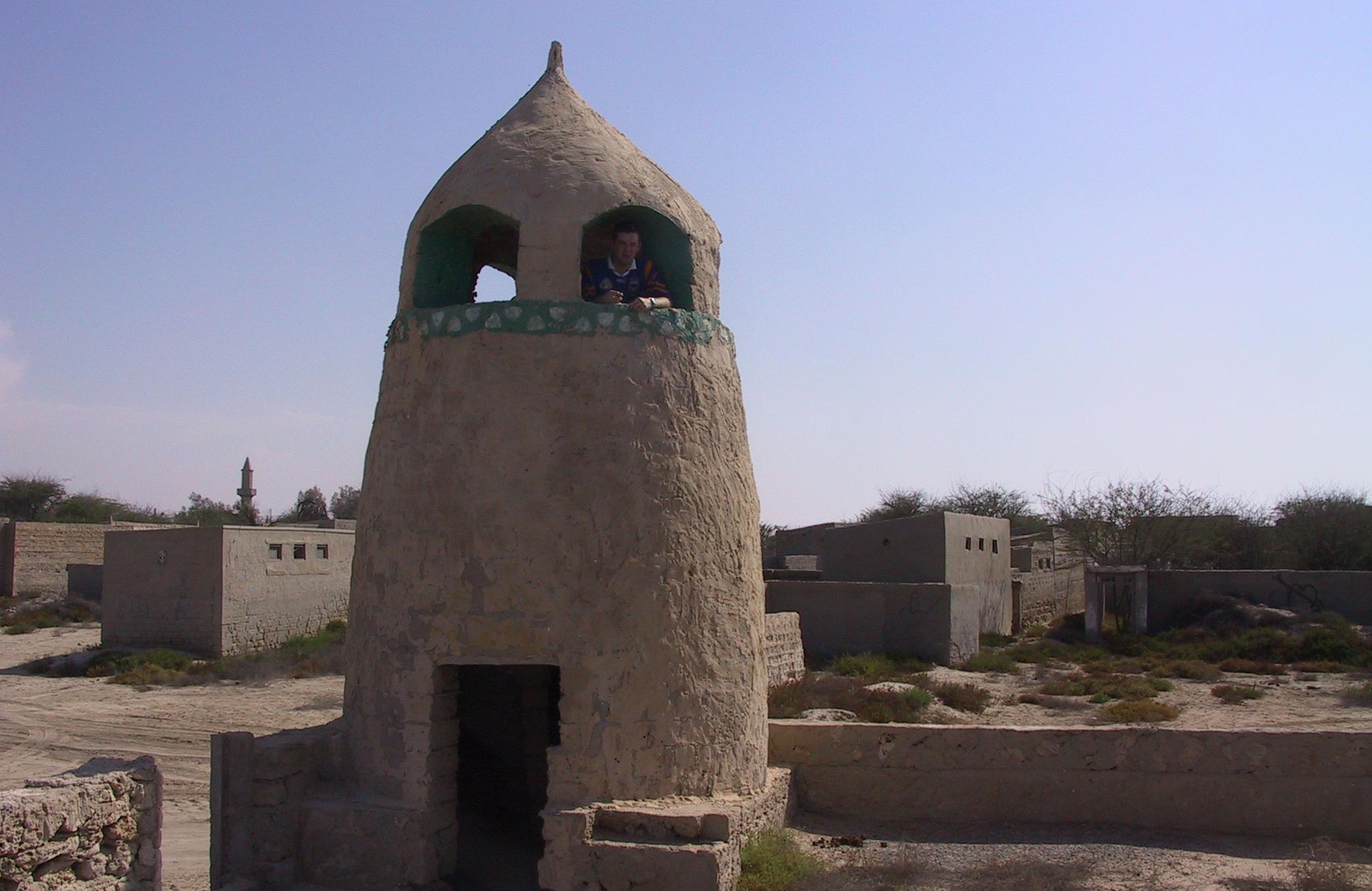
Step into a time capsule of desert life at Al Jazirah Al Hamra, an abandoned village just outside the bustling city of Ras Al Khaimah. Once a thriving pearling settlement, the village was deserted in the 1960s and now lies silent under the desert sun. Crumbling coral-stone houses, collapsed wind towers, and centuries-old mosques remain eerily intact, giving visitors a glimpse into a way of life that vanished almost overnight. The real magic here happens after dark. Just a short walk from the ruins are wide stretches of beach and empty desert flats where wild camping is allowed. With minimal light pollution and vast open skies, this is one of the best spots in the UAE for stargazing. The desert air is dry and clear, offering incredible views of constellations. It’s a rare chance to experience solitude in a region known for its skyscrapers and speed. Pro Tip: Visit during the cooler months (November to March) and bring plenty of water and shade. Look for signs posted around the village and be respectful—some restoration projects are underway.
9. Houtouwan, China
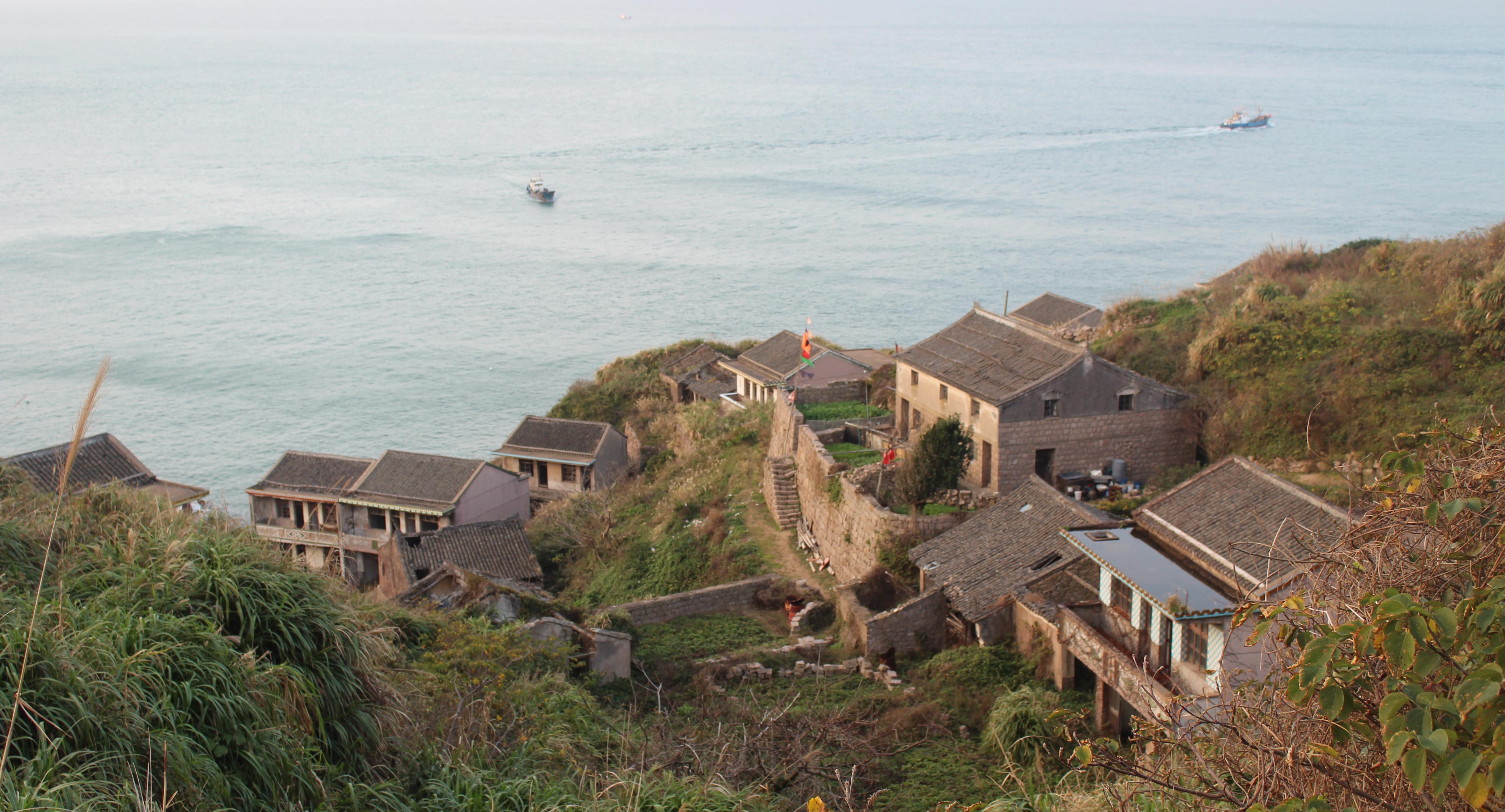
Tucked away on China’s Shengshan Island in the East China Sea, Houtouwan is what happens when nature takes back the land. Once home to over 2,000 fishermen and their families, the village was abandoned in the 1990s due to dwindling resources and isolation. Now, it’s an emerald ghost town—homes and buildings smothered in thick vines, mist rolling through the alleys, and silence so deep you can hear the ocean breathe. While traditional lodging is scarce, travelers can camp along the lush hiking trails leading in and out of the village or stay in simple local guesthouses in nearby settlements. At night, the coastal skies explode with stars. Add the soundtrack of crashing waves and the whisper of leaves, and it’s the kind of surreal, dreamlike experience that stays with you long after you leave. Pro Tip: Boats to Shengshan Island leave from Shanghai or Ningbo, but schedules can vary. Pack light and waterproof—this region can get humid and foggy.
10. Kennecott, Alaska, USA
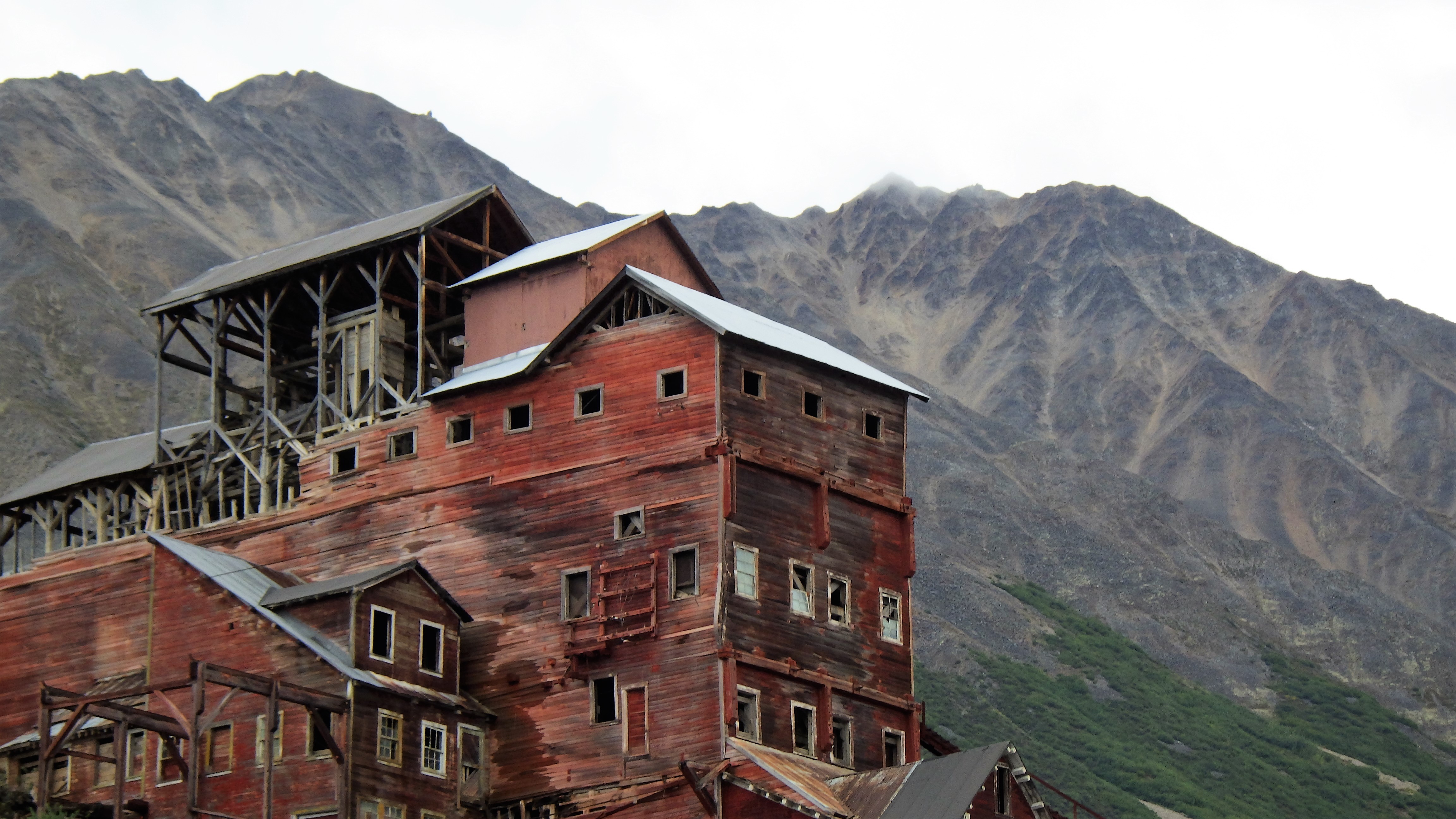
Nestled deep in the wilderness of Wrangell-St. Elias National Park, Kennecott is a rust-red relic of America’s industrial past. This early 20th-century copper mining camp was abandoned in the 1930s and has since become one of Alaska’s most iconic ghost towns. With its towering mill buildings, collapsing bunkhouses, and glacier-carved backdrop, it feels like a frontier outpost frozen in time. The surrounding national park offers several designated campgrounds and wild backcountry spots for the adventurous. During summer, the sun barely dips below the horizon, casting long, golden hours ideal for night photography and twilight stargazing. You may not get a pitch-black sky, but what you will get is silence, solitude, and staggering natural beauty in every direction. Pro Tip: The road to Kennecott is long and unpaved—rent a high-clearance vehicle or take the park shuttle. Bring bug spray, layers, and backup power; cell signal is almost nonexistent.
11. Varosha, Cyprus
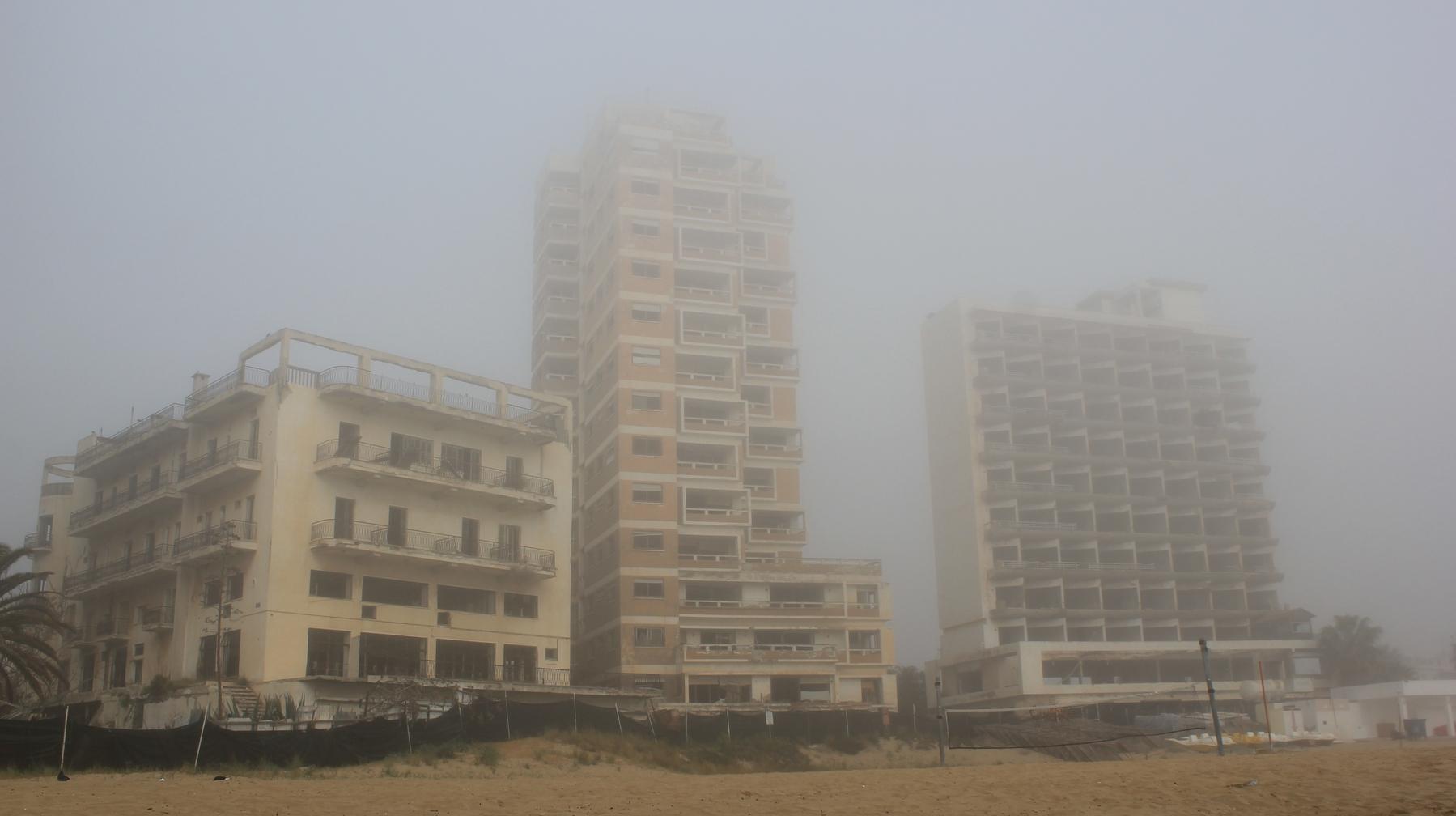
Varosha was once the glitzy jewel of Famagusta—a glamorous Mediterranean resort town lined with luxury hotels and pristine beaches. But in 1974, following the Turkish invasion of Cyprus, the entire area was fenced off and abandoned. For decades, it remained a ghost city frozen in time, complete with 1970s billboards and sun-bleached interiors. Only recently have parts of Varosha been reopened to the public, and while you still can’t stay inside, the surrounding coastline offers excellent spots for wild camping. Campers can pitch tents along the quieter stretches of beach south of the city, where the contrast between abandoned high-rises and a blazing sky full of stars creates an unforgettable atmosphere. It's like watching the cosmos slowly reclaim a man-made monument to luxury and loss. Pro Tip: Check local guidance—access rules are evolving. Stick to public beachfronts and avoid trespassing into restricted buildings, which are still considered off-limits.
12. Oradour-sur-Glane, France
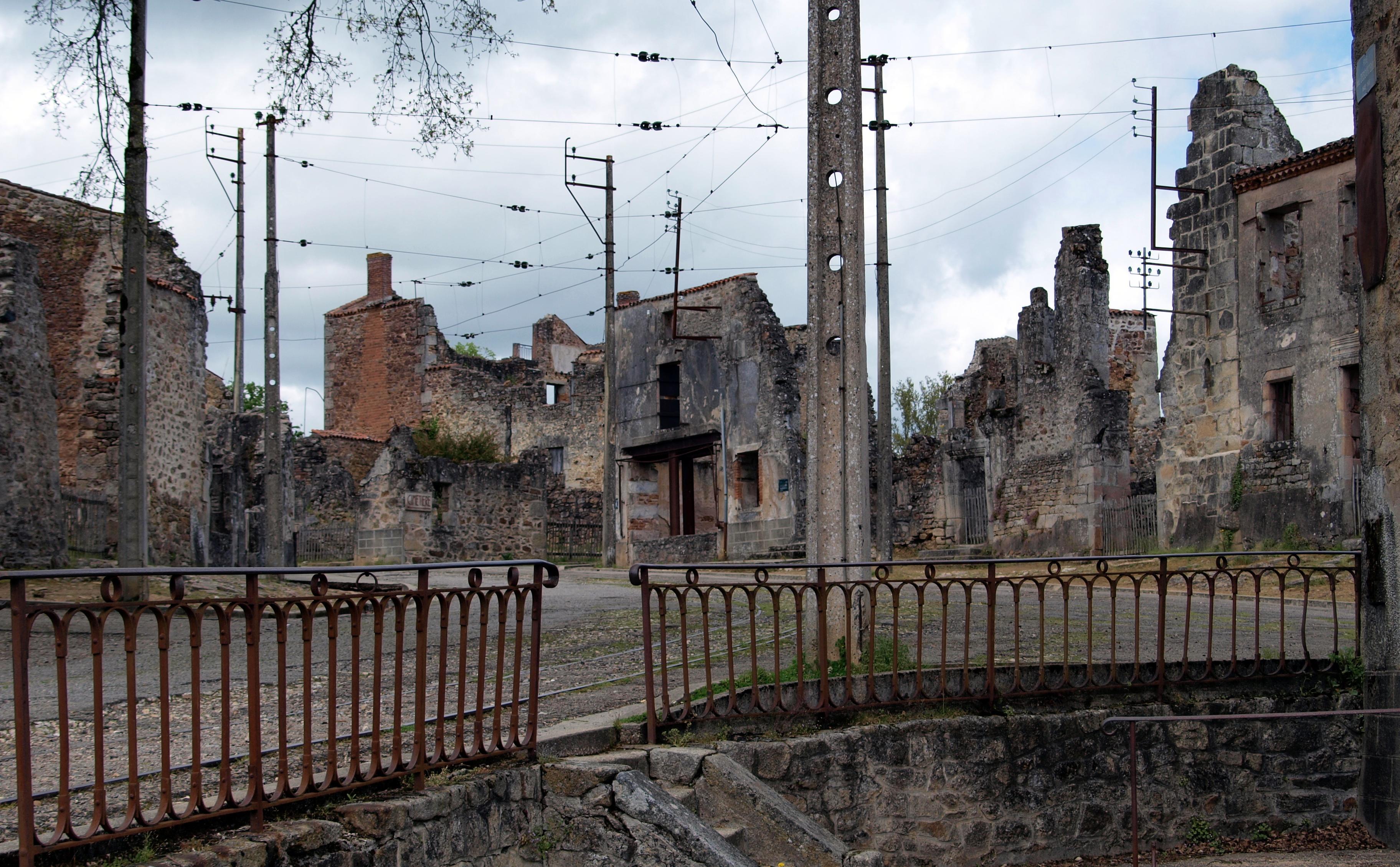
A visit to Oradour-sur-Glane is a powerful, sobering experience. This village in central France was the site of a horrific World War II massacre, where German troops killed over 600 civilians in 1944. The village was never rebuilt; instead, it stands exactly as it did after the atrocity—burned-out cars, crumbling homes, and a gutted church as silent memorials. While camping inside the ruins is strictly forbidden, the surrounding Limousin countryside offers tranquil rural campgrounds and wild camping opportunities just beyond the preserved site. It’s not a place for casual tourism, but for thoughtful travelers seeking meaning in their journey, a night under the stars here carries a weight few other places can match. Pro Tip: Combine your visit with a stay at a nearby farm campsite or eco-lodge. Early morning and dusk are especially powerful times to walk the village in quiet reflection.
13. Mandu, India
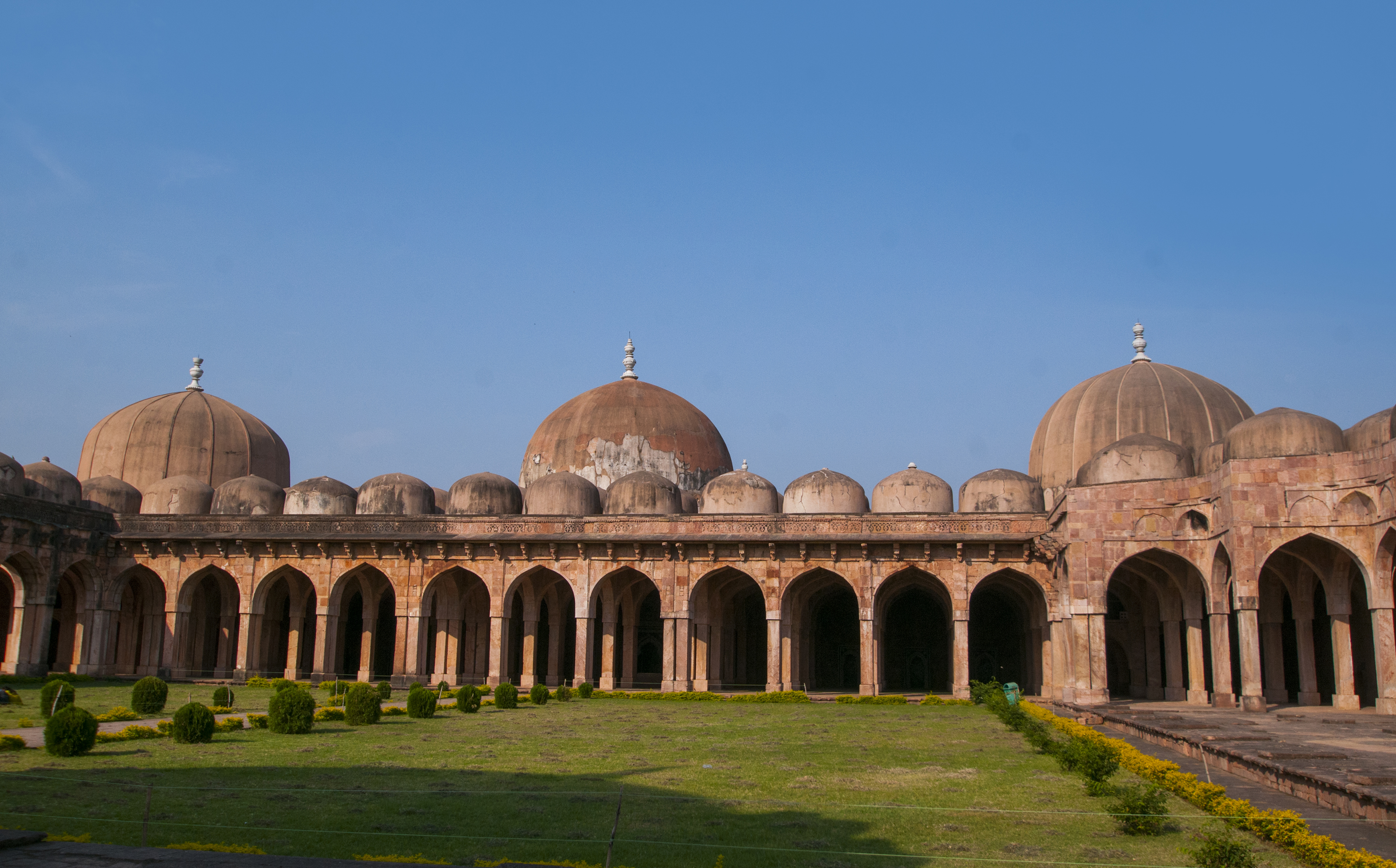
Spread across a plateau in Madhya Pradesh, Mandu is more than a village—it’s a lost kingdom scattered across jungle-covered hills. Once a flourishing 15th-century fortress city, Mandu’s palaces, mosques, stepwells, and tombs now stand as mossy ruins, slowly being overtaken by the forest. From the ornate Jahaz Mahal to the haunting silence of the Royal Enclave, it’s easy to lose track of time here. Much of the area is open to the public, and while some parts are protected, there are sections deep in the surrounding jungle where camping is possible for experienced travelers. The altitude and isolation offer stunning stargazing conditions, especially during the dry season (October to March). The feeling of sleeping beside ancient architecture, under vast skies, is almost spiritual. Pro Tip: Hire a local guide if you’re planning to camp in the jungle. They can help with permits, safety, and finding the best hidden spots.
14. Villa Epecuén, Argentina
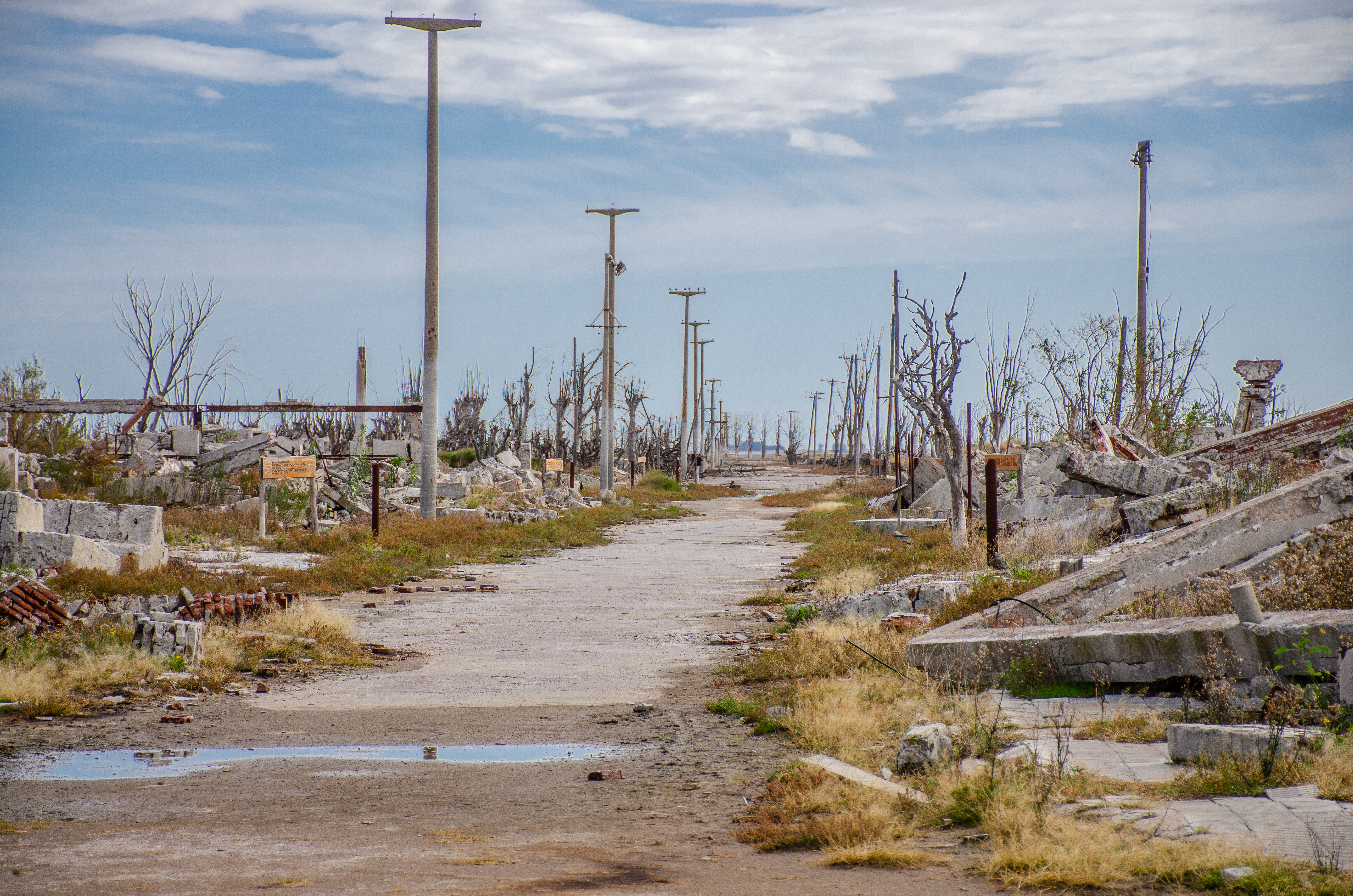
Once a luxurious lakeside spa town famed for its saltwater healing properties, Villa Epecuén was completely submerged in 1985 when a dam burst. For over two decades, it sat underwater—until the waters receded and revealed a ghostly, salt-encrusted landscape. Today, the town looks like a post-apocalyptic dreamscape: whitewashed skeletons of buildings, bleached trees, and a salty crust that glows under the moonlight. You can legally camp near the site, either in established campgrounds in the nearby town of Carhué or directly on the outskirts of the ruins. At night, the salt flat reflects moonlight and starlight alike, creating an eerie, shimmering effect that makes stargazing here feel like you’re on another planet. Pro Tip: Bring warm clothing—even in summer, temperatures drop sharply at night. Don’t forget a camera; this is one of the most photogenic ghost towns in the world.
Where the Past and the Stars Align
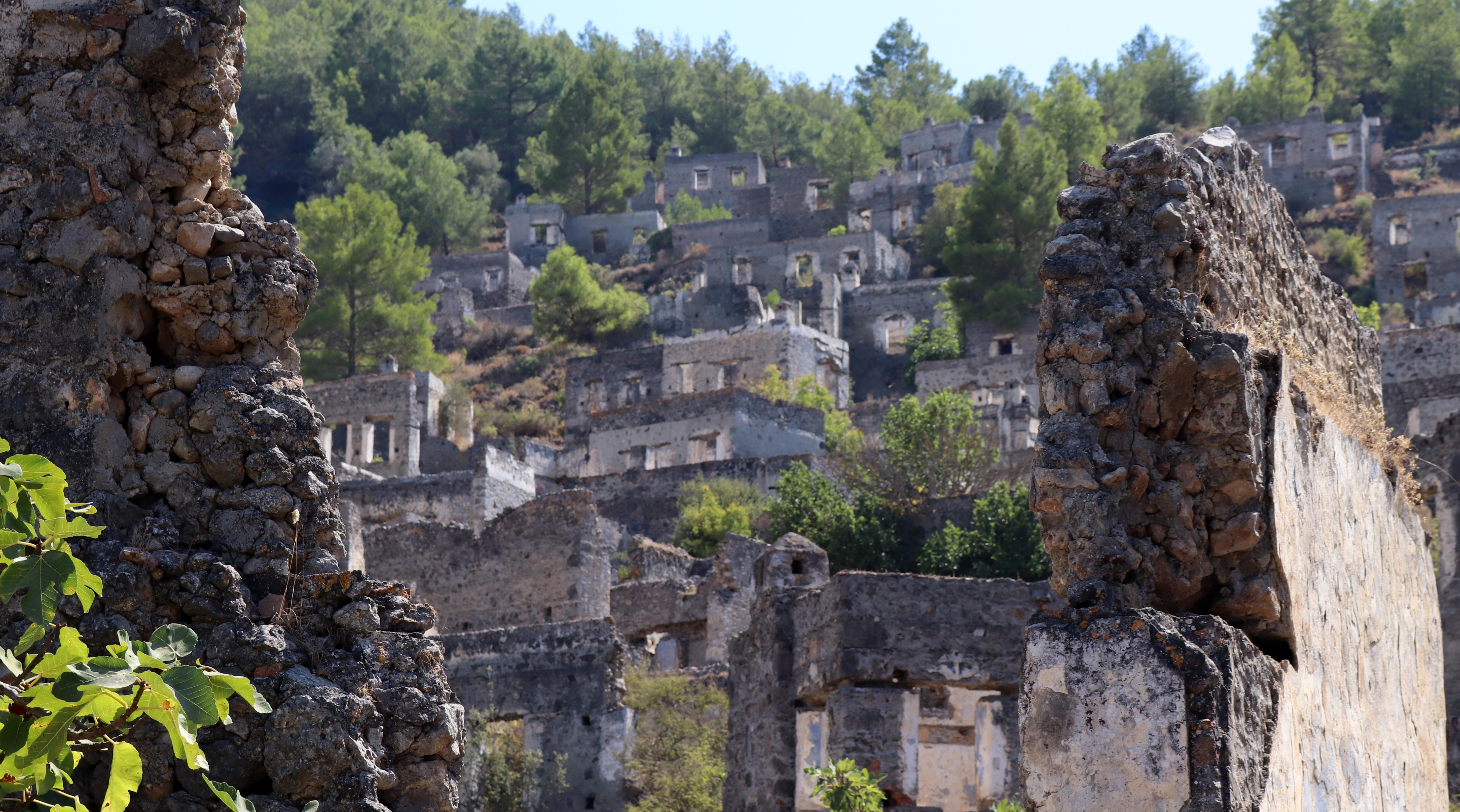
Camping near abandoned villages isn’t just about escaping the crowds—it’s about stepping into places where time has paused, and nature has resumed control. These ghost towns whisper stories of the past while offering front-row seats to the night sky’s grandest performances. Whether you’re perched on a desert cliff, tucked into a jungle ruin, or staring out over salt-crusted remains, these places let you experience something rare: the union of human history and cosmic stillness. In a world that never stops moving, these 14 forgotten villages invite you to slow down, look up, and reconnect with both the earth beneath your feet and the stars above your head. So pack your tent, grab your flashlight, and get ready to sleep where the silence speaks volumes.








